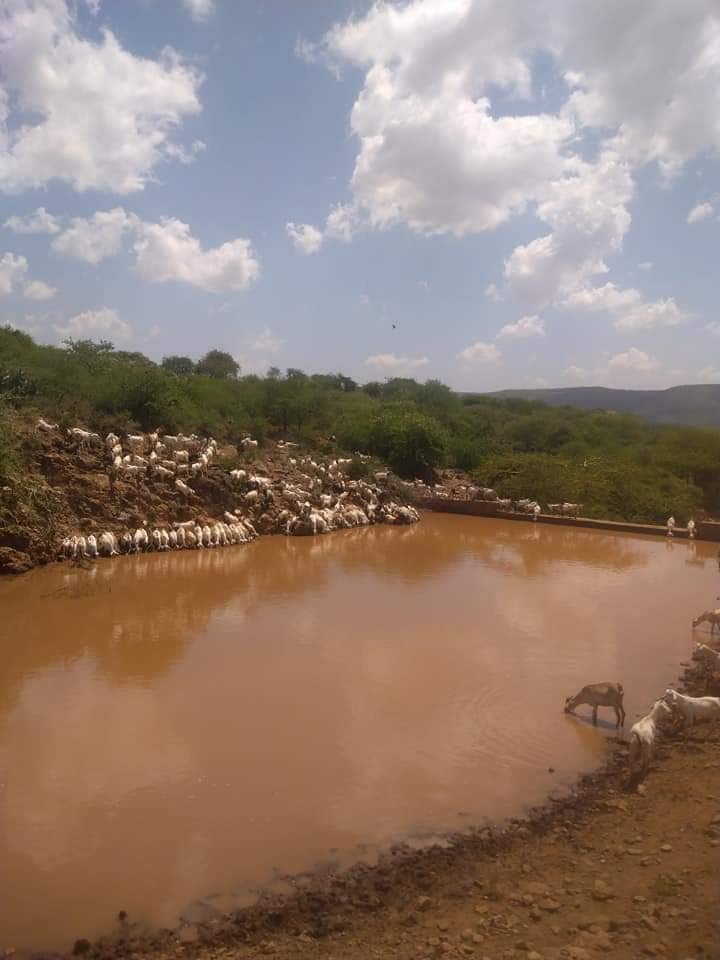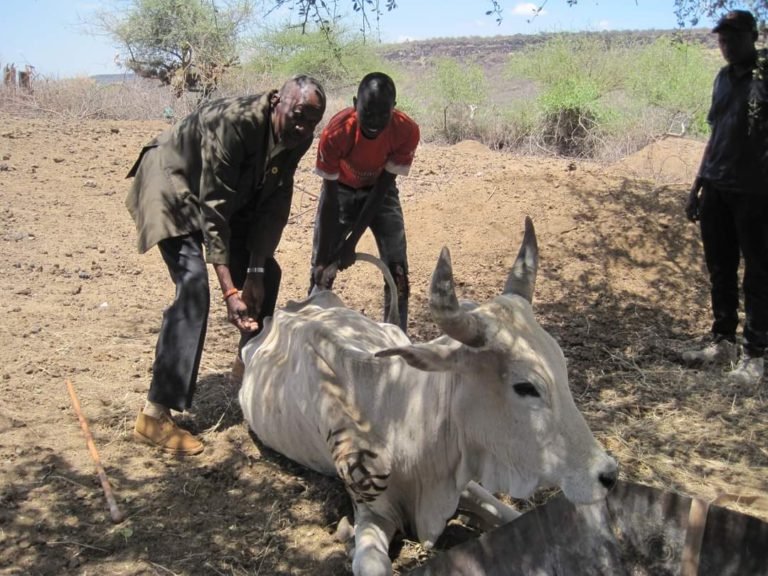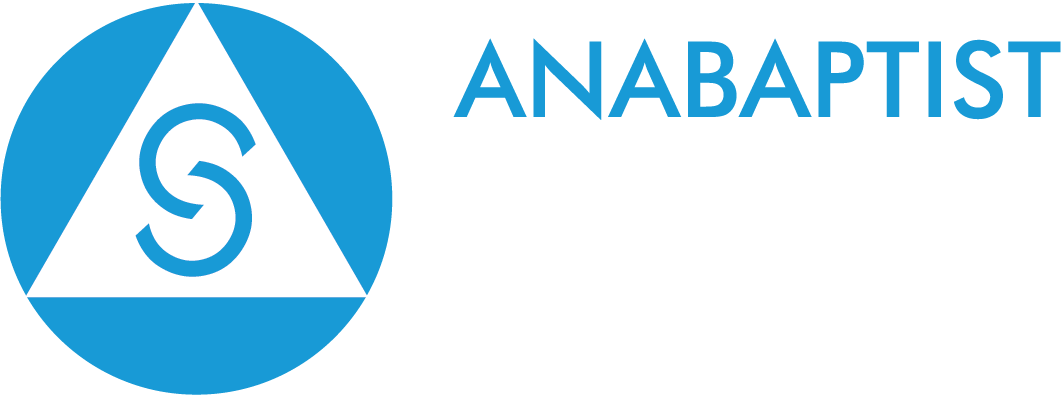15: No Rain, No Cows: Adapting to a Drying World
Kenya
A Climate Pollinator story by Sierra Ross Richer
“I used to have 30 cows,” said Joel Lankas, a “modern Maasai” who lives in Kimuka, Kenya, “Now I have ten. You can do the mathematics.”
For the third year in a row, no rain fell in Kajiado County, where Kimuka is located, this past rainy season. The drought, one of a half dozen that have parched the East African country in the last 30 years, has caused the death of over 2.5 million head of livestock, according to the State Department. For the Maasai people, who rely on cattle for their livelihoods, it is disastrous.
“According to my experience, this was the worst drought of all droughts,” said Joel. He is a field officer for Maasai Integrated Development Initiatives (MIDI), a non-profit organization that receives funding from Mennonite Central Committee (MCC). “We are trying to help (the Maasai) adapt to this kind of climate change.”
The Maasai are traditionally pastoralists, living off of the meat, milk and blood of their livestock. Their lifestyle requires large tracts of pastureland for cattle to graze on.
“Twenty years ago, our land used to be very large, animals could walk long distances for pastures,” Joel said. But in the 1980s, the land was privatized by the government and families were given their own small plots.
Some people sold their allotments to other tribes, Joel explained, and soon some Maasai, like his family, had to migrate to other regions to find enough pasture.
Today, increasing human population combined with drought means that grass for cattle is very hard to come by. “Many people are buying (hay) for their livestock, including myself,” Joel said. “I can tell you it’s very expensive to feed livestock using money.”
MIDI is working to help community members find alternatives to cattle raising.
Goats are one solution. They are better at resisting drought because, Joel said, “When the grass is no more, they browse on the trees. The cow can only feed on grass.”
Chickens are another promising alternative. Joel said: “Chicken are the best because they just take a very small place, they mature very quickly, you can sell eggs to get some money and you can raise as many as you can. It’s really cheap to raise many chickens.”
Right now, two of Joel’s cows are so weak that they need help standing up.
In the meantime, his 20 goats are thriving, and Joel looks forward to increasing his current flock of four chickens. In addition, his family has planted a vegetable garden and Joel is preparing a field to plant cash crops, like corn, beans and vegetables.
Finding alternatives to cattle grazing is becoming increasingly necessary as water gets scarcer and pasture for cattle disappears.
“I believe (growing crops) could be the best alternative for my livelihood,” Joel said, “to make my children go to school and to make myself food secure.”
Photos




